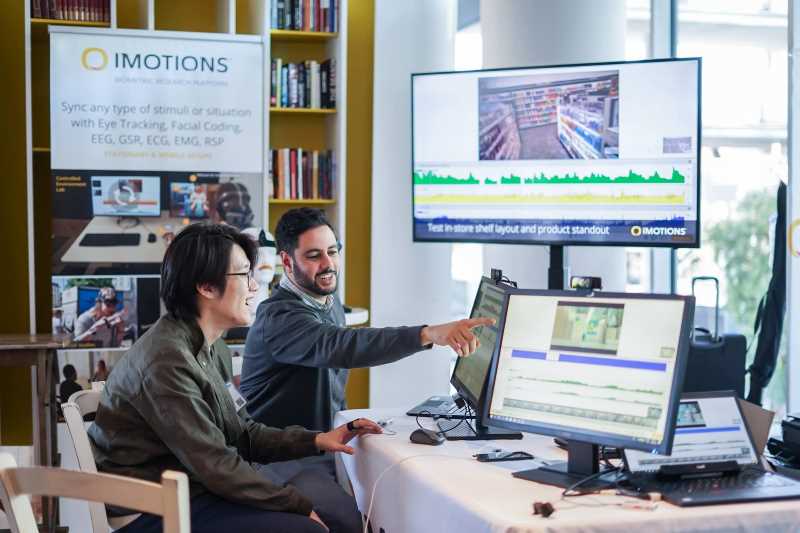The comprehension of source code is a task inherent to many software development activities. Code change, code review and debugging are examples of these activities that depend heavily on developers’ understanding of the source code. This ability is threatened when developers’ cognitive load approaches the limits of their working memory, which in turn affects their understanding and makes them more prone to errors. Measures capturing humans’ behavior and changes in their physiological state have been proposed in a number of studies to investigate developers’ cognitive load. However, the majority of the existing approaches operate at a coarse-grained task level estimating the difficulty of the source code as a whole. Hence, they cannot be used to pinpoint the mentally demanding parts of it. We address this limitation in this paper through a non-intrusive approach based on eye-tracking. We collect users’ behavioral and physiological features while they are engaging with source code and train a set of machine learning models to estimate the mentally demanding parts of code. The evaluation of our models returns F1, recall, accuracy and precision scores up to 85.65%, 84.25%, 86.24% and 88.61%, respectively, when estimating the mental demanding fragments of code. Our approach enables a fine-grained analysis of cognitive load and allows identifying the parts challenging the comprehension of source code. Such an approach provides the means to test new hypotheses addressing the characteristics of specific parts within the source code and paves the road for novel techniques for code review and adaptive e-learning.
Related Posts
-

Why Dial Testing Alone Isn’t Enough in Media Testing — How to Build on It for Better Results
Consumer Insights
-

Tracking Emotional Engagement in Audience Measurement is Critical for Industry Success
Consumer Insights
-

How Real-Time Audience Intelligence Is Revolutionizing Modern Advertising
Consumer Insights
-

The Uncanny Valley And Designing Trust in Human-Robot Interaction
Academia



